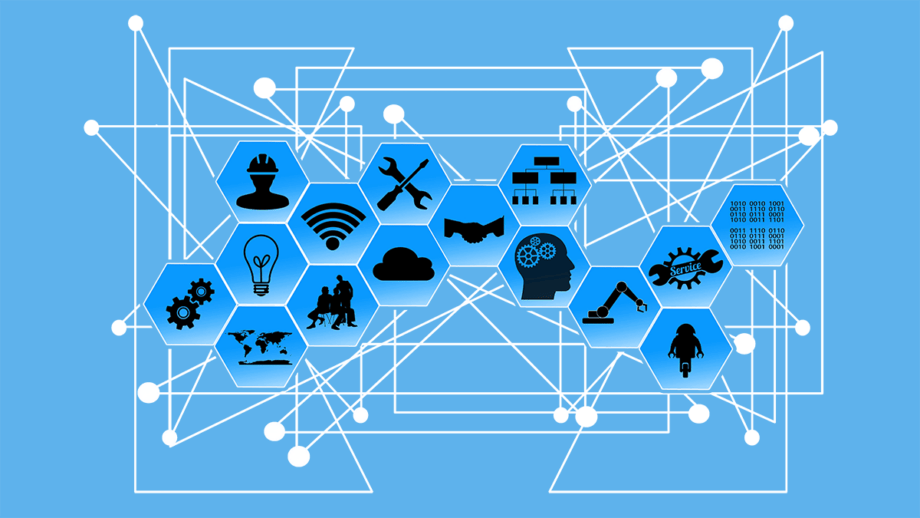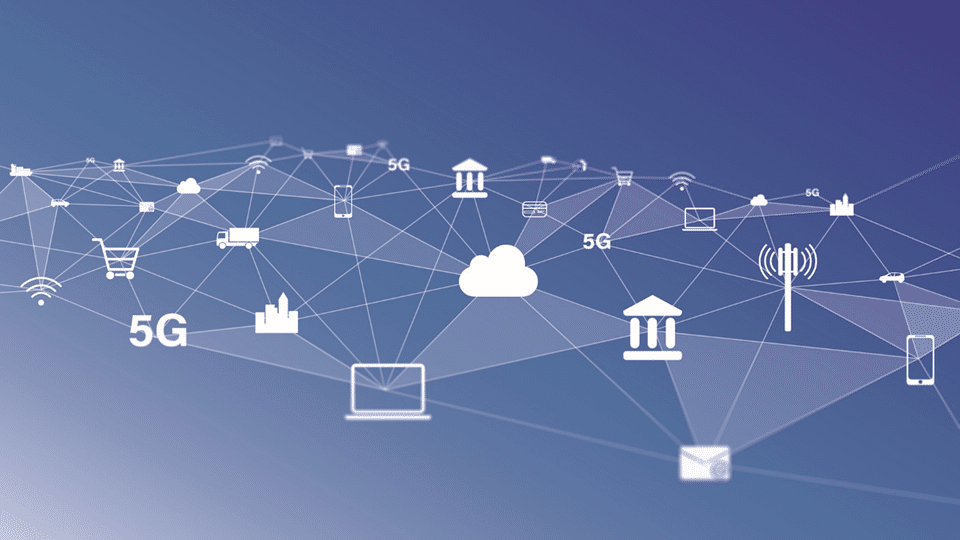The Internet of Things (IoT) is rapidly transforming how people live, work, and interact with technology. Devices once considered “dumb” are now intelligent, connected, and capable of exchanging data in real time.
From smart thermostats in our homes and wearable health trackers on our wrists to autonomous vehicles and industrial control systems, IoT has embedded itself deeply in daily routines and critical infrastructure.
Today, more than 15 billion IoT devices are active worldwide, and analysts predict this number will surpass 25 billion by 2030. These connected devices offer tremendous benefits-greater convenience, improved efficiency, and entirely new capabilities across industries.
Yet, they also present one of the greatest challenges of our digital era: cybersecurity.
Every device connected to the internet is a potential entry point for cybercriminals. The more devices that come online, the greater the risk of exploitation, unauthorized access, and large-scale breaches.
This reality makes IoT security not just a best practice, but a fundamental requirement for organizations seeking to protect their data, operations, and reputation.
Understanding IoT Security

IoT security refers to the collective strategies, tools, and policies designed to safeguard connected devices, the networks they use, and the data they transmit. Unlike traditional IT security, which typically focuses on desktop computers, servers, and enterprise applications, IoT security must address a far wider range of devices with very different capabilities.
Some IoT devices have limited processing power, minimal storage, and basic communication protocols. These design limitations often result in weak or nonexistent built-in defenses, making them attractive targets for hackers. For instance, a compromised IoT camera in a smart office building could give attackers a pathway to sensitive corporate networks.
At its core, IoT security is about ensuring three key outcomes:
- Devices operate safely without unauthorized interference.
- Communications between devices and systems remain secure.
- Sensitive information is not exposed, stolen, or manipulated.
Why IoT Security is Critical in a Connected World?
With billions of IoT devices now online, the global attack surface has never been larger. Many devices ship with default passwords, outdated firmware, and minimal encryption practices that provide attackers with easy wins.
Real-world examples highlight the urgency:
- The Mirai Botnet (2016): Hackers infected hundreds of thousands of IoT devices, turning them into a massive botnet that launched some of the largest DDoS (Distributed Denial-of-Service) attacks in history. Major websites and services, including Twitter, Netflix, and Reddit, were temporarily taken offline.
- Healthcare Attacks: Security researchers have shown how pacemakers, insulin pumps, and MRI scanners can be hijacked, creating risks not just to data but to patient safety.
- Critical Infrastructure: Utilities and manufacturing facilities using Industrial IoT (IIoT) devices face targeted attacks that could disrupt essential services or even cause physical harm.
For businesses, implementing the best practices for IoT security is no longer optional-it is a necessity. Strong security measures protect not only data but also the continuity of operations, customer trust, and regulatory compliance in an increasingly connected world.
Core Elements of Strong IoT Security

Device Authentication & Access Control
Ensuring that only trusted devices and users can connect to your network is the foundation of IoT security. This includes:
- Multi-factor authentication (MFA): Reduces risks by requiring more than just a password.
- Digital certificates: Establish device identity through cryptographic verification.
- Role-based access control: Limits permissions so users and devices only access what they truly need.
Data Encryption & Privacy Protection
IoT devices constantly transmit sensitive information – whether it’s health data, industrial sensor readings, or financial transactions. To protect this data:
- Encrypt data both in transit (using TLS or VPNs) and at rest.
- Use advanced key management systems to reduce vulnerabilities.
- Protect against “man-in-the-middle” attacks that target unencrypted communications.
Network Segmentation
Not all devices should be on the same network. For example, smart lighting in an office should not have unrestricted access to corporate email servers. Segmenting IoT devices from mission-critical systems reduces the risk of an intruder moving laterally across networks.
Continuous Monitoring & Threat Detection
Traditional defenses are insufficient without visibility. Continuous monitoring helps organizations:
- Detect anomalies such as unusual device traffic.
- Integrate IoT monitoring into SIEM platforms.
- Leverage AI-driven analytics to identify and respond to potential threats in real time.
Benefits of Implementing IoT Security
The return on investment in IoT security extends beyond compliance-it safeguards reputation, operations, and lives. Key benefits include:
- Protection of sensitive data: Prevents theft of financial, health, or operational data.
- Prevention of unauthorized control: Stops hackers from hijacking devices or disrupting services.
- Regulatory compliance: Ensures adherence to laws such as GDPR, HIPAA, and ISO/IEC 27001.
- Enhanced customer trust: Builds confidence with clients, partners, and consumers.

Risks of Poor IoT Security
Failure to secure IoT ecosystems can lead to serious consequences:
- Botnet attacks: Compromised IoT devices can be weaponized to attack others.
- Data breaches: Exposed personal or corporate data can result in financial penalties and reputational loss.
- Operational disruptions: Downtime caused by cyber incidents can halt manufacturing, logistics, or service delivery.
- Physical harm: In sectors like healthcare or transportation, compromised IoT devices can put lives at risk.
Best Practices for Smart Technology
To reduce risk, organizations should adopt a proactive security framework:
- Apply firmware updates and security patches without delay.
- Replace default passwords with unique, strong credentials.
- Use Zero Trust models that verify every device before granting access.
- Conduct penetration tests and vulnerability scans regularly.
- Limit administrative privileges to essential personnel only.
Bodies such as the National Institute of Standards and Technology (NIST) publish guidelines that organizations can use to build and evaluate IoT security strategies.

IoT Security in Different Sectors
- Smart Homes: Consumers must secure devices such as smart locks, cameras, and thermostats. This includes enabling encryption on Wi-Fi networks, regularly updating firmware, and avoiding weak passwords.
- Healthcare: Hospitals and clinics increasingly rely on IoT-enabled medical devices. Securing these systems is crucial to protecting patient privacy and ensuring operational safety. Compliance with HIPAA and other healthcare regulations is mandatory.
- Industrial IoT (IIoT): Factories, logistics companies, and energy producers depend on IoT sensors and robotics. Network segmentation, endpoint protection, and continuous monitoring are vital to prevent costly downtime.
- Smart Cities: IoT enables efficient traffic control, public safety monitoring, and utility management. However, attacks on these systems could cause widespread disruption. Strong IoT security ensures continuity of essential services.
Future Trends in IoT Security
As IoT continues to evolve, so too will the security strategies that protect it:
- AI-powered threat detection: Machine learning systems will anticipate and mitigate threats before they escalate.
- Blockchain authentication: Decentralized identity verification will make device spoofing more difficult.
- Regulatory expansion: Governments will enforce stricter IoT-specific laws. For instance, the European Union Agency for Cybersecurity (ENISA) has developed frameworks to reduce IoT risks.
- Secure hardware design: Manufacturers will integrate stronger defenses at the chip level.
These developments signal a future where IoT security is deeply embedded into device design and management from the ground up.
Conclusion

The Internet of Things is reshaping how businesses operate, how cities function, and how individuals interact with technology. While IoT offers unprecedented innovation and convenience, it also introduces vast security challenges.
Proactive security strategies-such as device authentication, encryption, monitoring, and network segmentation critical to mitigating risks. By adopting best practices and aligning with global security frameworks, businesses can ensure that IoT devices remain tools of innovation rather than points of vulnerability.
In a world where every device is connected, IoT security will be the foundation of trust, resilience, and sustainable growth.
FAQs

1. What is the most common security risk in IoT devices?
The most common vulnerability is the use of default or weak passwords. These credentials are easily exploited by attackers to gain unauthorized access.
2. Can traditional antivirus protect IoT devices?
No. Traditional antivirus software is designed for desktops and laptops, not for IoT devices. Specialized security frameworks and network-based protections are required.
3. How often should IoT devices be updated for security?
Updates should be applied immediately upon release. Organizations are encouraged to enable automatic updates wherever possible to ensure timely protection.
4. What industries are most at risk from poor IoT security?
Industries that rely heavily on connected devices-such as healthcare, manufacturing, energy, and transportation, are particularly vulnerable. A breach in these sectors can lead not only to data theft but also to physical safety risks.
5. How does IoT security support regulatory compliance?
Strong IoT security practices ensure compliance with standards such as GDPR, HIPAA, and ISO/IEC 27001, which require organizations to protect sensitive data, maintain system integrity, and implement access controls.
6. What role does artificial intelligence play in IoT security?
AI helps detect anomalies in device behavior, predict potential threats, and automate incident response. As IoT ecosystems expand, AI-driven analytics will become essential for managing large volumes of security data in real time.






